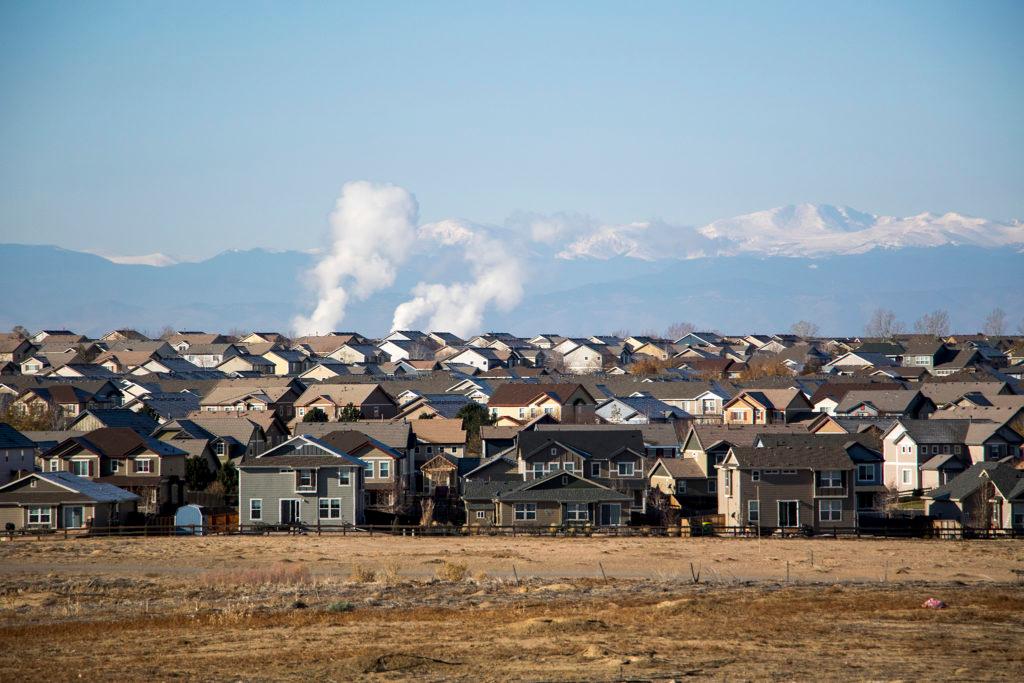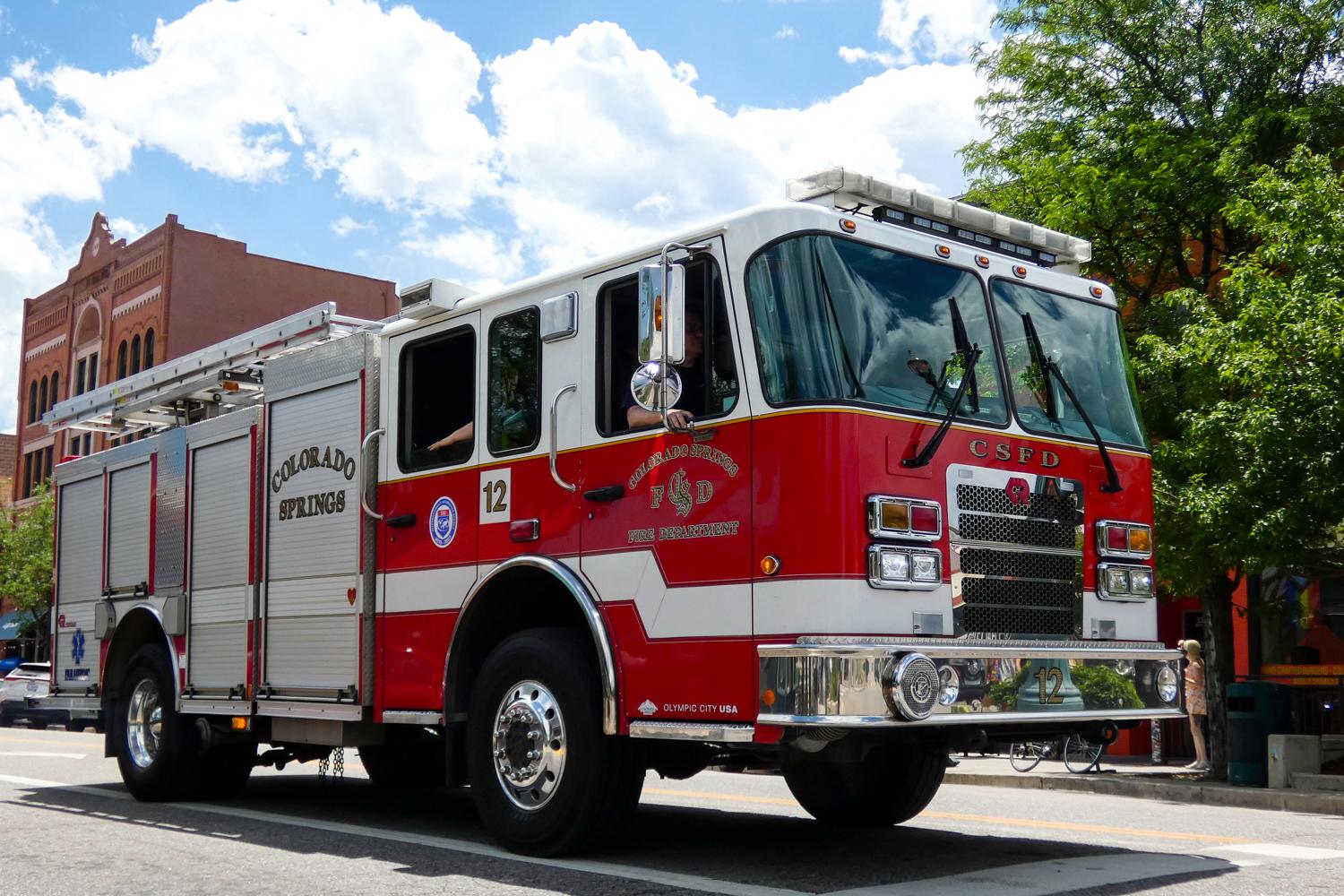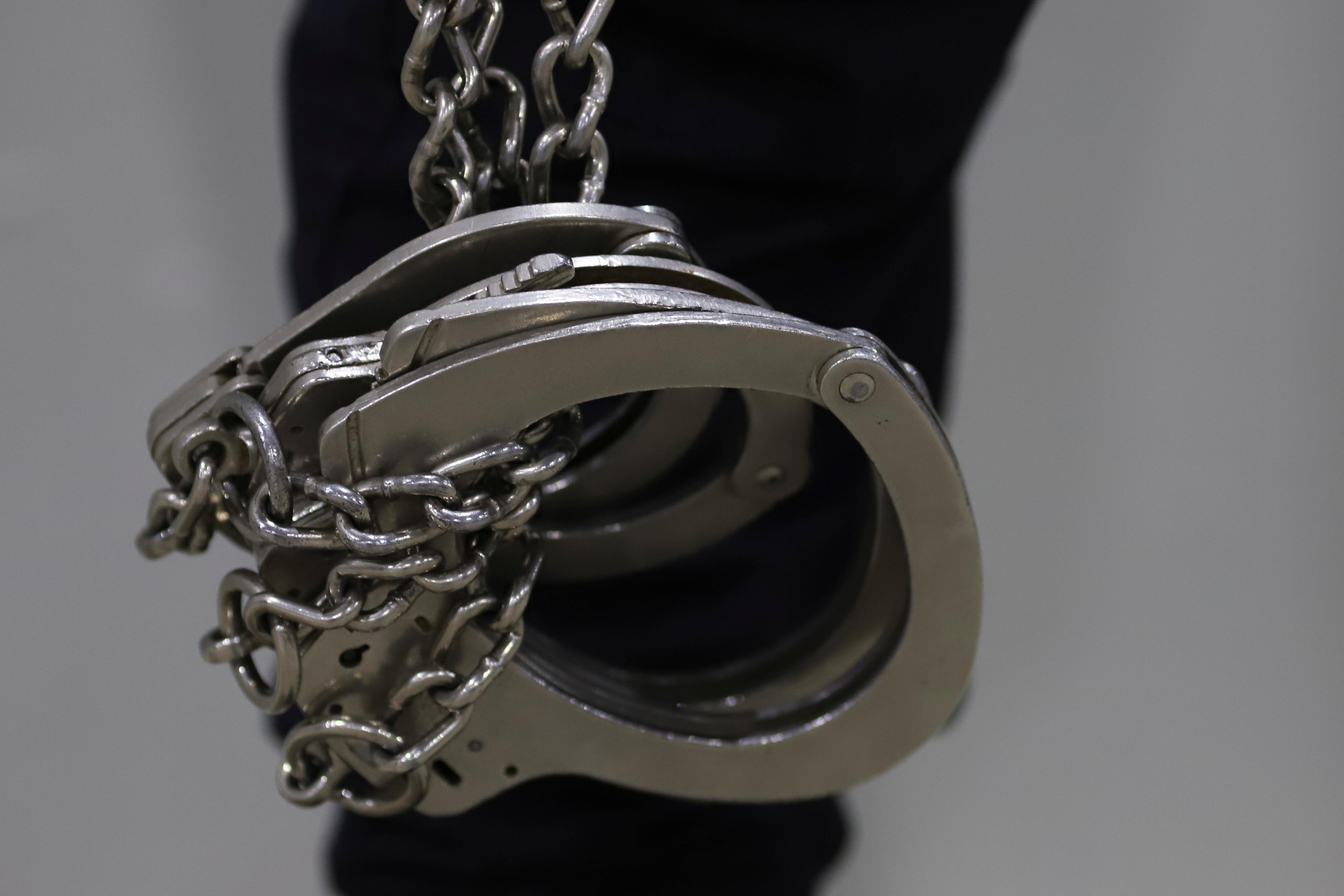
Years after Elijah McClain was put in a fatal prone position by police officers, Colorado law enforcement agencies are being forced to figure out new rules and training on how to use – or actively avoid – the face-down position in the field.
They have a year to do it, but ultimately, best practices on when and how long to use the position, which some law enforcement chiefs say is used several times a week, are elusive.
And when it’s all over, Colorado will likely be left with a patchwork of policies from city to city and county to county governing when a suspect can be forcibly placed face-down.
“I believe it’s fair to ask the question, is this tactic being abused or misused and can we do better?” said state Attorney General Phil Weiser. “Without standard guidance, we’re more likely to make mistakes.”
Earlier this summer, Gov. Jared Polis signed into law a bill that requires police and sheriff’s departments to come up with a policy on when to use the prone position on suspects, and then start training on it.
Originally, lawmakers tried to strictly limit the use of prone to instances when officers were going to use deadly force, but police chiefs balked, said Douglas County Sheriff Darren Weekly.
“The reason law enforcement puts someone in the prone is to stop the fighting,” he said. “People lose their ability to fight when they’re on the ground if they’re face down, but you don’t want to leave them in that position and you don’t want to be on top of them in that position because they can’t breathe.”
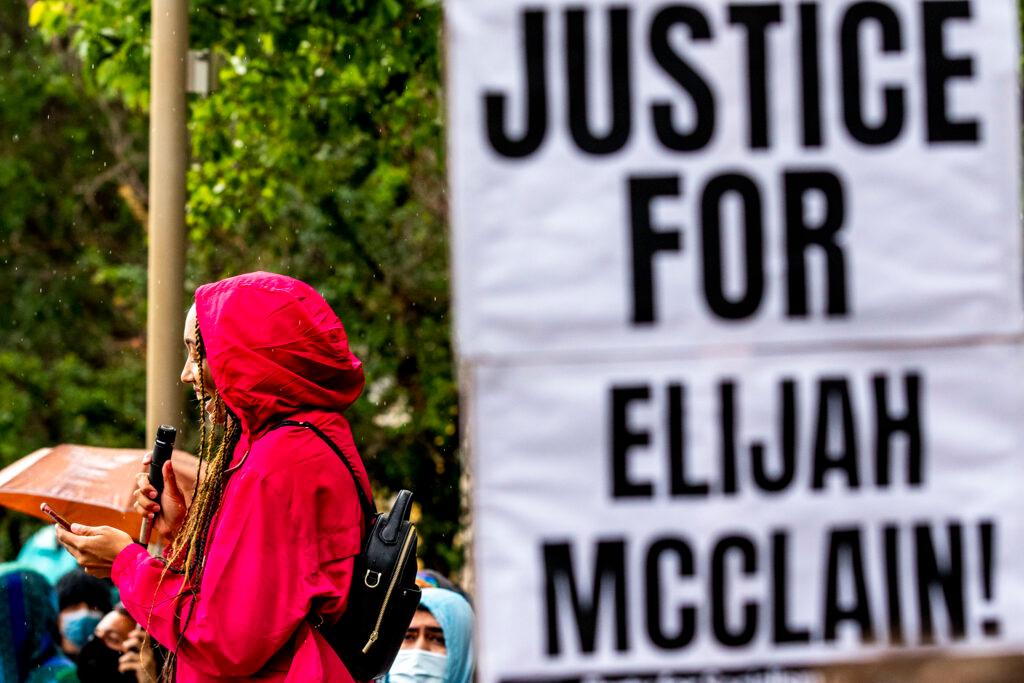
Weekly said law enforcement has gotten wiser on how to use prone and when it can be dangerous. At the Douglas County Sheriff’s Office, Weekly bans his deputies from ever sitting or kneeling on someone placed in the prone position and that a person placed in prone needs to be turned over or placed in a sitting position “as quickly as possible,” he said.
If the person continues to fight against officers, Weekly said, they are permitted to put their legs in restraints.
“We’re trying to control the situation as quickly as possible and you have to get them out of that position,” he said. “People across the country were dying in this position.”
One of them was Arthur Roybal.
Grand jury rejects charges in Adams jail case
On Dec. 24, 2022, Roybal appeared to be having a psychotic episode inside the Adams County Jail. He was naked, grunting and yelling incoherently. Deputies called some nursing staff and they devised a strategy to get Roybal from the jail cell to the Sallyport area for medical attention, according to a grand jury report.
When deputies entered his cell, they secured his arms and legs and put him on his back, but then turned him over to his stomach -- even after he was handcuffed, the report said. They eventually placed him face down on a medical gurney and strapped him down. While awaiting transport to a medical facility, they left him in the prone position. He stopped breathing while restrained that way and resuscitation didn’t work.
The Adams County coroner deemed he died of methamphetamine toxicity but that “prolonged restraint in a prone position” was also a contributing factor in his death.
The coroner also called the death a homicide.
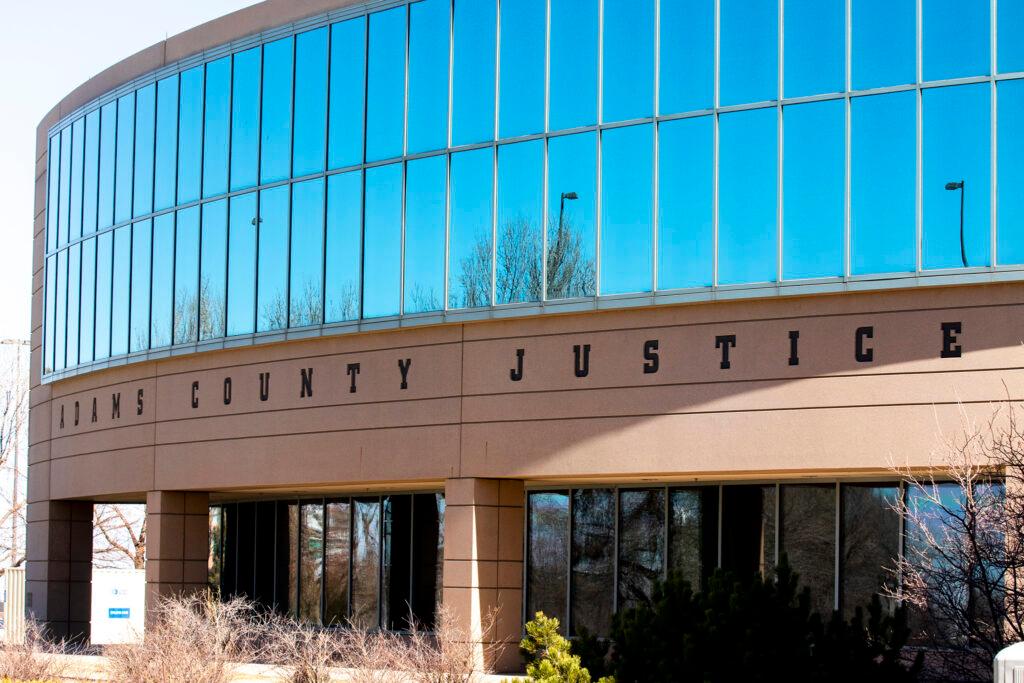
This was confusing to Adams County District Attorney Brian Mason, who didn’t know whether anyone was actually at fault for the man’s death. He sent the entire case to a county grand jury, and in the end, they determined no criminal charges should be filed against any of the responding deputies.
Mason said he feels comfortable with that decision, but that putting Mr. Roybal in the prone position “was very clearly a mistake.”
“It was inconsistent with best practices and to some extent inconsistent with what the deputies and the deputy supervisors should have known on how to handle a situation like that,” he said. “And I think the sheriff … owns that and accepts that constructive criticism.”
Not enough research in place
Chuck Wexler, the executive director of the Police Executive Research Forum, a non-profit policing think tank and research organization, has spent decades researching policing practices and working with agencies around the world to improve training.
His organization is just now embarking on research on prone restraints and related deaths to come up with a list of best practices on when and how officers should use the position and when they should not.
“The training and education we have on this issue is not enough, it’s insufficient,” Wexler said.
Wexler’s organization has reached out to cardiologists and experts on what happens to a person when they are face down for too long -- when people die, it’s usually because of positional asphyxia.
“What we know now is recognizing when someone is in crisis, treating it as a medical emergency, recognizing that if someone doesn’t want to cooperate, it may not be because they’re resisting police, it’s because they’re not able to communicate,” Wexler said. “They’re in some kind of medical emergency or a psychotic episode. Sometimes in those kinds of situations, more force can be counterproductive.”
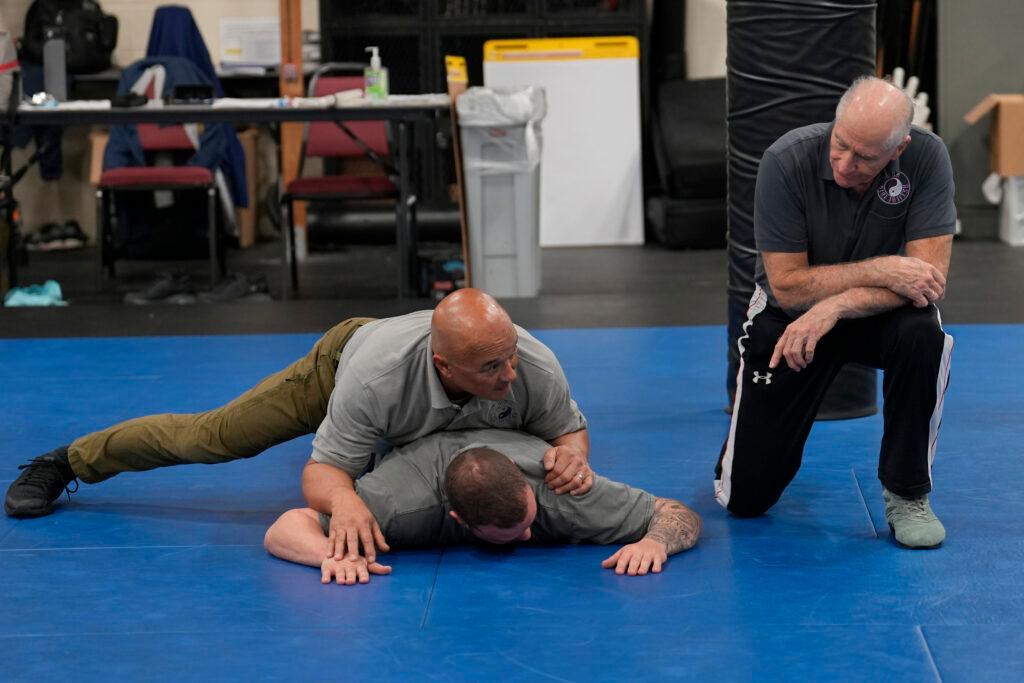
In Colorado between 2012 and 2021, 14 people died after being placed in the prone position by law enforcement officers, according to an analysis by the Associated Press.
McClain, a 23-year-old Black man in Aurora, was walking home from a convenience store in August 2019 when officers stopped him after receiving a suspicious person call.
Within a few seconds, they administered a carotid choke hold and placed him down on the ground in the prone position.
During months of trials against law enforcement officers and paramedics charged in his death last year, several expert witnesses say his condition worsened because he couldn’t breathe properly face down while he was throwing up.
One former police officer and two former paramedics were convicted in McClain’s death after prosecutors successfully convinced three juries that the first responders didn’t properly listen to McClain’s pleas for help, that he couldn’t breathe and they didn’t put him in the recovery position effectively in the last minutes of his life.
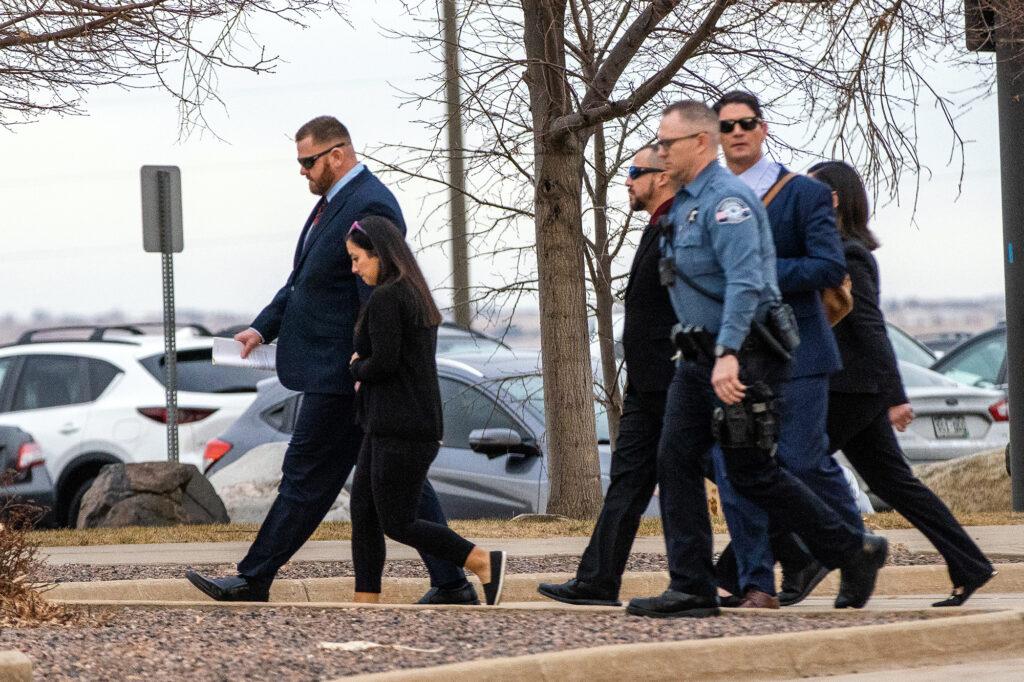
In and of itself, placing someone in the prone position is not a use of force, according to state law and peace officer standards policies, Weiser said.
Democratic State Sen. Julie Gonzales made it clear when she was working on the new law earlier this year that if an officer violated the prone restraint policy within their own law enforcement agency, that isn’t automatically the same as an officer using excessive force.
But Weiser noted that agencies are going to have to watch these prone restraint cases closely because a prosecutor could charge an officer in the future for too much force if the circumstances of placing a person in a prone position were considered excessive or lengthy.
Or, if it was a contributing factor in a death.
Wheat Ridge Police Chief Chris Murtha is working on updating a prone policy for his officers -- he sensed they were going to have to update their training because, increasingly, he saw that prone restraints were controversial.
“We saw that people were getting injured or losing their life using those restraints,” Murtha said. “And we’re under the biggest microscope we’ve ever been under since I’ve been in law enforcement and it continues, so we need to be sensitive.”
Murtha said that even with all of the new rules, prone restraints are really important on a regular basis in law enforcement.
“We want to have an advantage, we don’t always have a size advantage or a strength advantage for the safety, not only of the officer but also the person we’re taking into custody,” he said. “It’s important we know how to use that position, when to use it and how quickly we need to get out of it.”

